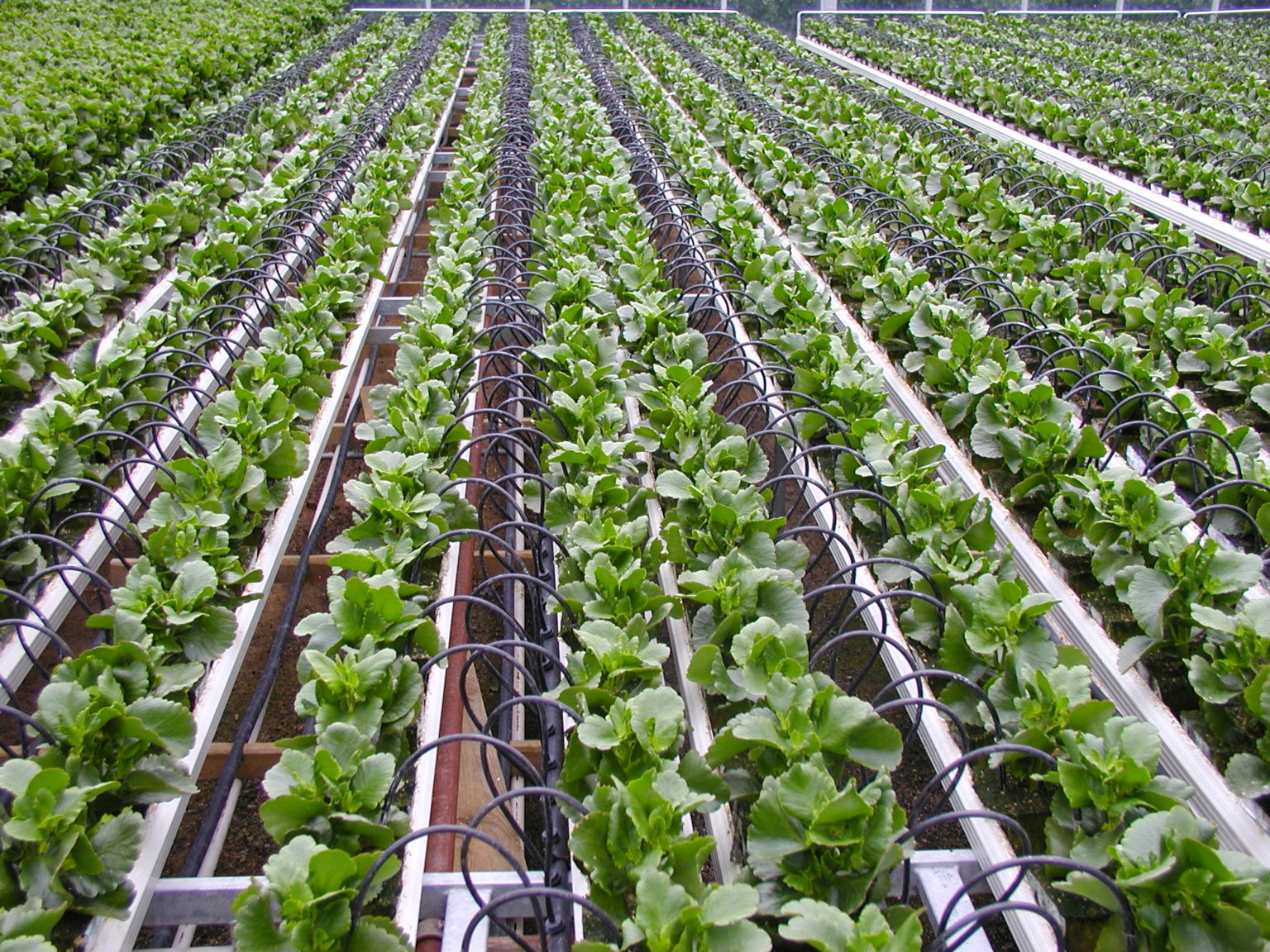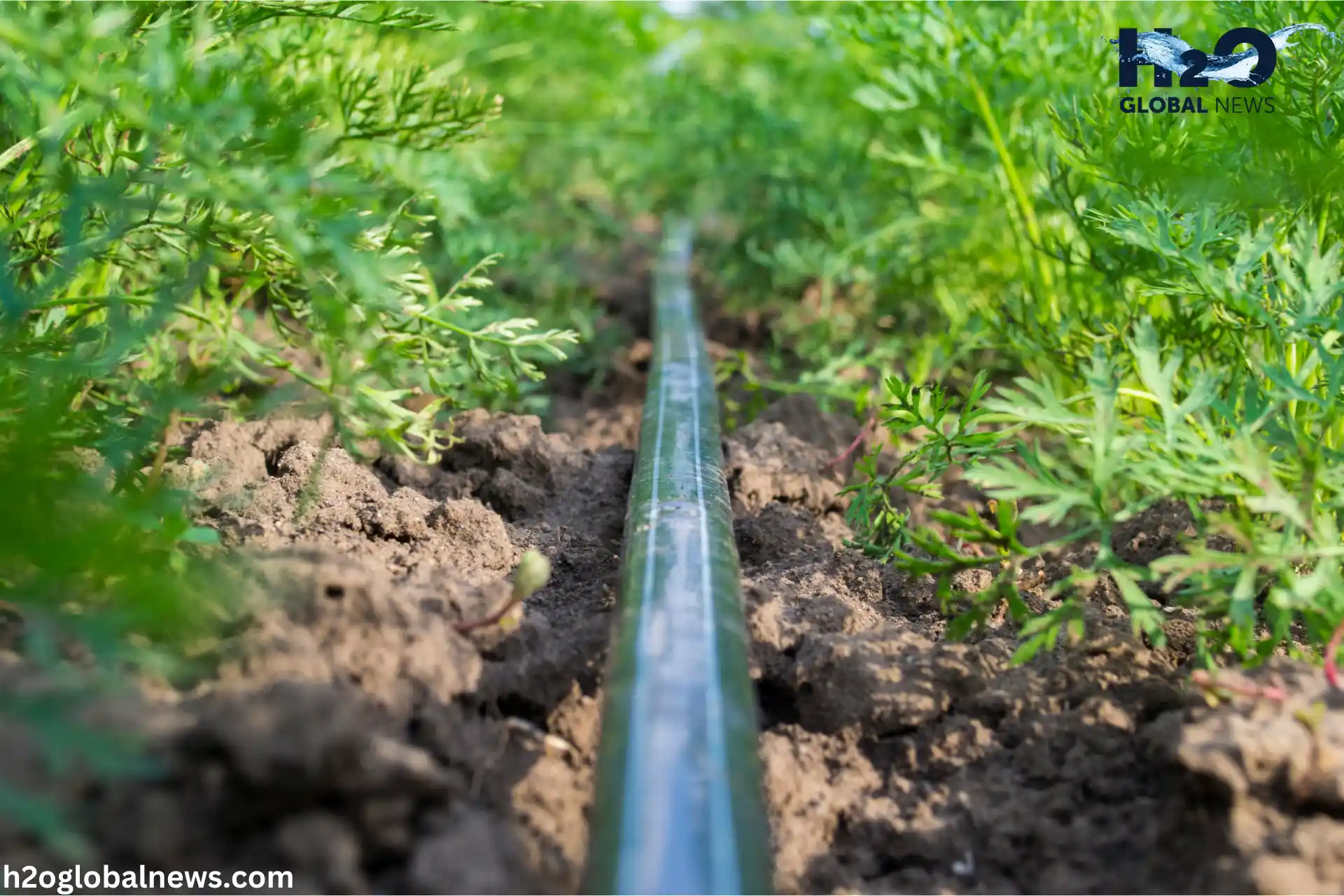As a gardener or farmer, efficient water management is one of your top priorities. Maximizing crop yield while minimizing waste is key to your success and sustainability. Drip irrigation, a system that delivers water slowly and directly to plant roots, is highly effective and gives you precise control over hydration. By understanding how drip irrigation works and implementing best practices, you can master water management and reap the benefits of healthier plants and substantial cost savings.
What is Drip Irrigation?
Drip irrigation releases water gradually and steadily into the plant’s root zone using a system of tubes, emitters, and valves. By focusing on particular regions, water dripping for plants reduces waste and conserves water and nutrients, in contrast to conventional flood irrigation.
How Does Drip Irrigation Work?
The water lateral line irrigation system consists of a primary water source connected to a system of pipes. To guarantee that water seeps straight into the soil surrounding the roots, these lines disperse water through emitters close to the plants.
- Emitters control the water flow rate and can be changed to suit the plant’s requirements.
- Filters are employed to keep the system from becoming clogged.
- Timers automate the irrigation process for reliable watering.
When appropriately used, a well-designed drip irrigation system helps achieve maximum crop yield while conserving natural resources. By applying the right amount of water at the right time, drip irrigation can help you become a water management master. Rain sensors, soil moisture sensors, and weather-based controllers further help automate the system and optimize water usage.
The Benefits of Drip Irrigation
Drip irrigation offers many benefits for effective water management. By slowly dripping water directly to the roots of plants, drip irrigation:
- Conserve water: Drip irrigation applies water directly to the soil at the base of plants, minimizing water loss from evaporation and runoff and using up to 70% less water than conventional sprinklers.
- Reduces disease: The slow, controlled water application prevents excess moisture on leaves and stems, reducing the disease risk. Plants remain dry, with only the soil around the roots watered.
- Lower costs: Drip irrigation targets the efficient use of water, lowering utility bills. It also requires lower operating pressures, reducing energy usage.
- Maximizes growth: With water delivered directly to the roots, plants receive constant water and nutrients. This stimulates healthy root growth and maximizes plant growth and crop yields.
- Requires low maintenance: Drip irrigation systems are easy to install, require minimal maintenance, and have a long lifespan. Emitters resist clogging and provide precision irrigation for many years.
- Soil Preservation: Unlike traditional methods, drip irrigation prevents soil erosion and maintains soil structure, ensuring healthier crops.
Drip irrigation is a highly effective method for sustainable water management in gardens and farms. It delivers water slowly at the root level, which benefits the environment, budgets, and plant health. For many, drip irrigation is the clear choice for responsible and productive plant care.
Water Management and Drip Irrigation
Several variables affect how much water is utilized, including crop variety and emitter the amount of water type. Compared to traditional irrigation systems, it can save up to 70%. Each emitter can produce roughly 2–10 liters per hour.
Reducing Water Waste
- Targeted Delivery: The roots of the plants receive just the right amount of water.
- Minimal Runoff: Water cannot escape the root zone due to controlled flow.
- Decreased Evaporation: Groundwater at ground level reduces air exposure, lowering evaporation losses.
Advantages for the Environment
Drip irrigation promotes sustainable agriculture by lowering water consumption, protecting groundwater, and reducing agricultural runoff, which can pollute.
Installing a Drip Irrigation System for Your Garden
To design and install a drip irrigation system for your garden, follow these steps:
1- Choose the Right Components
Select durable, UV-resistant 1/2-inch polyethylene tubing or drip tape for the mainlines and 1/4-inch for the lateral lines. Use barbed emitters, microsprayers, or drip stakes that provide 1 to 4 gallons per hour. For timers and valves, choose high-quality components made for drip systems. These parts will withstand weather and frequent use.
2- Map Your Garden Layout
Draw a diagram of your garden beds, paths, and plants. Indicate the locations of your water source and any existing sprinklers or irrigation lines. Determine the best spots for emitters, micro sprayers, and tubing paths to maximize coverage. You may need multiple lateral lines and emitters for large plants like tomatoes, cucumbers, and shrubs.
3- Install the Mainline and Valves
Connect the mainline tubing to your spigot or irrigation line. At the start of the mainline, place an in-line filter, pressure regulator, and, if connecting to a potable water source, a backflow preventer. Run the mainline along the edge of your garden and install valves where you want to add lateral lines. Cut the mainline with a tubing cutter and attach barbed connectors and valves.
4- Add the Lateral Lines and Emitters
Cut the lateral line tubing to fit your garden layout. Attach barbed connectors to connect the lateral lines to the mainline and valves. Cut small holes in the lateral tubing and insert emitters, spacing them according to the needs of your plants. Bury the emitters near the base of plants and stake the tubing in place.
5- Test and Adjust
Turn on the water to pressurize the system and check for leaks. Adjust the emitters to provide adequate and even coverage for all your plants. Run multiple short cycles while starting the system for the first time to allow the plants to acclimate to the drip method slowly. Your drip irrigation system is now ready to water your garden efficiently.
Challenges and Limitations
While drip irrigation offers numerous benefits, it has challenges:
- High Initial Costs: Setting up a system can be expensive for small-scale farmers.
- Clogging Issues: Emitters may clog if water is not filtered correctly.
- Regular Monitoring: The system requires frequent maintenance to function efficiently.
Conclusion
Implementing drip irrigation and proper water management techniques is a critical step toward ensuring the health of your garden and responsible stewardship of our natural resources. This drip irrigation method can revolutionize agriculture and gardening with proper planning and maintenance, supporting productivity and environmental conservation.
FAQs
1- How much water does a drip irrigation system use?
A water drip system uses significantly less water than traditional methods, saving up to 70% of water. Each emitter delivers 2-10 liters of water per hour.
2- What are the advantages of drip irrigation?
The advantages include water conservation, reduced weed growth, cost savings, improved crop health, and soil erosion prevention.
3- What are the challenges of drip irrigation?
Challenges include high setup costs, potential clogging of emitters, and the need for regular maintenance.
4- Can PVC be used for drip irrigation?
Yes, PVC can be used for drip irrigation, but it is not the most common choice. PVC pipes are durable and can handle high water pressure, making them suitable for the main supply lines in a drip irrigation system. However, for the actual drip lines, flexible polyethylene (PE) tubing is preferred because it is easier to install, modify, and connect with emitters. If using PVC, ensure proper pressure regulation and use fittings compatible with drip irrigation to prevent clogging and leaks.










